
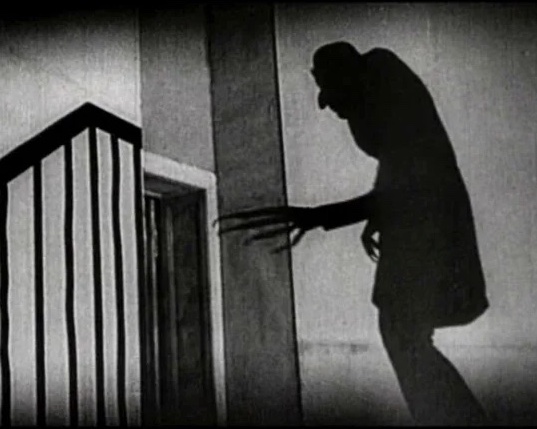
A century after its March 4th, 1922, premiere in Berlin, F.W. Murnau’s Nosferatu remains a truly chilling classic. It’s widely acknowledged that Nosferatu and other German Expressionist masterpieces were influential not only to the development of Hollywood horror, but also to film noir and other genres. Nothing demonstrates the shadowy reach of Expressionism quite so strikingly, though, as its prevalence in the first wave of Walt Disney’s full-length features, which quoted heavily from Murnau and his contemporaries...
As Snow White animator and character designer Marc Davis, who became a member of Walt Disney’s ennead of top artists known as the “Nine Old Men,” told Crimmer’s (The Harvard Journal of Pictorial Fiction) in 1975:
Anything that might produce growth, that might be stimulating—the cutting of the scenes, the staging, how a group of scenes were put together… The Cabinet of Dr. Caligari, Nosferatu were things that we saw. I remember Metropolis…had a very strong impact on me.
Here are the top times Expressionism crept into early Disney films:
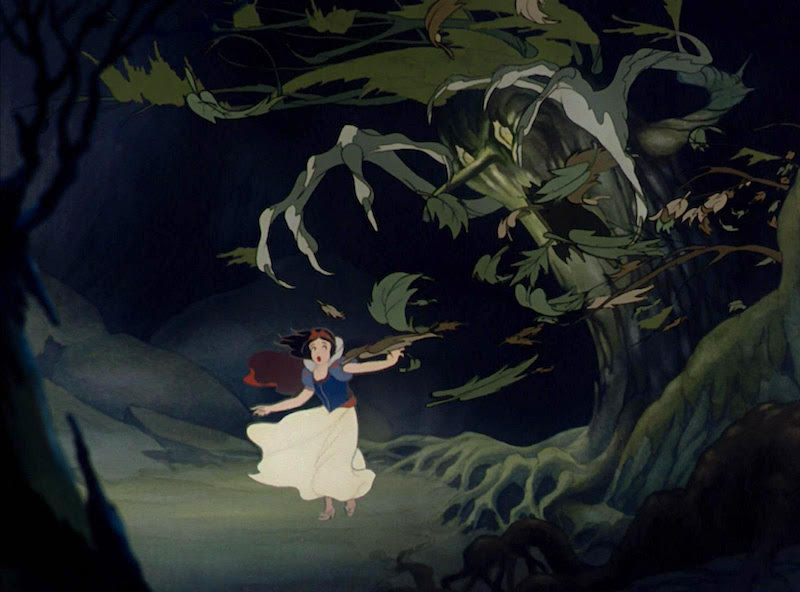
01 Nosferatu (1922) and Snow White (1937)
A nighttime forest’s gnarled branches and looming presence evoke Max Schreck’s ersatz Dracula.
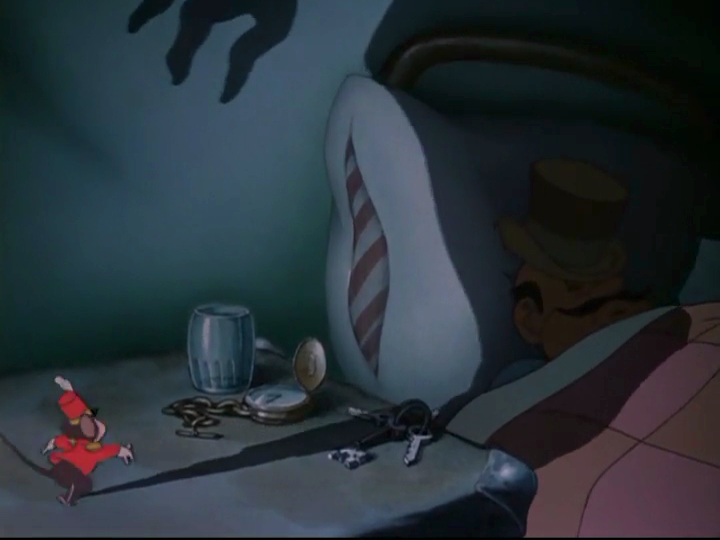
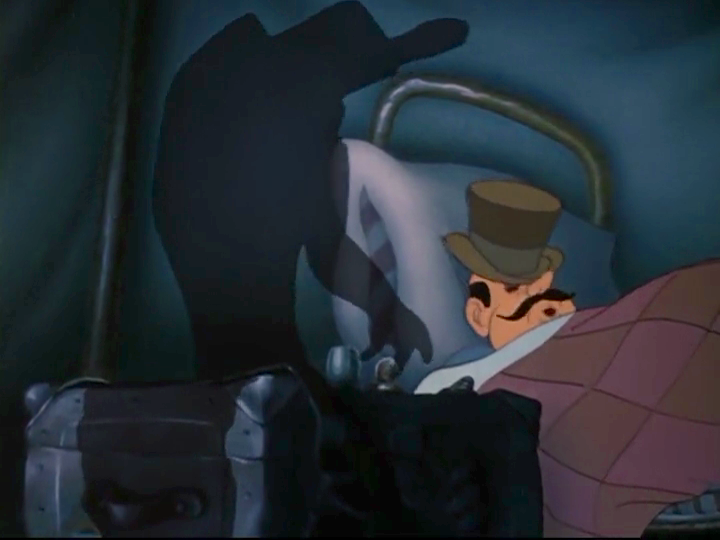
02 Nosferatu (1922) and Dumbo (1941)
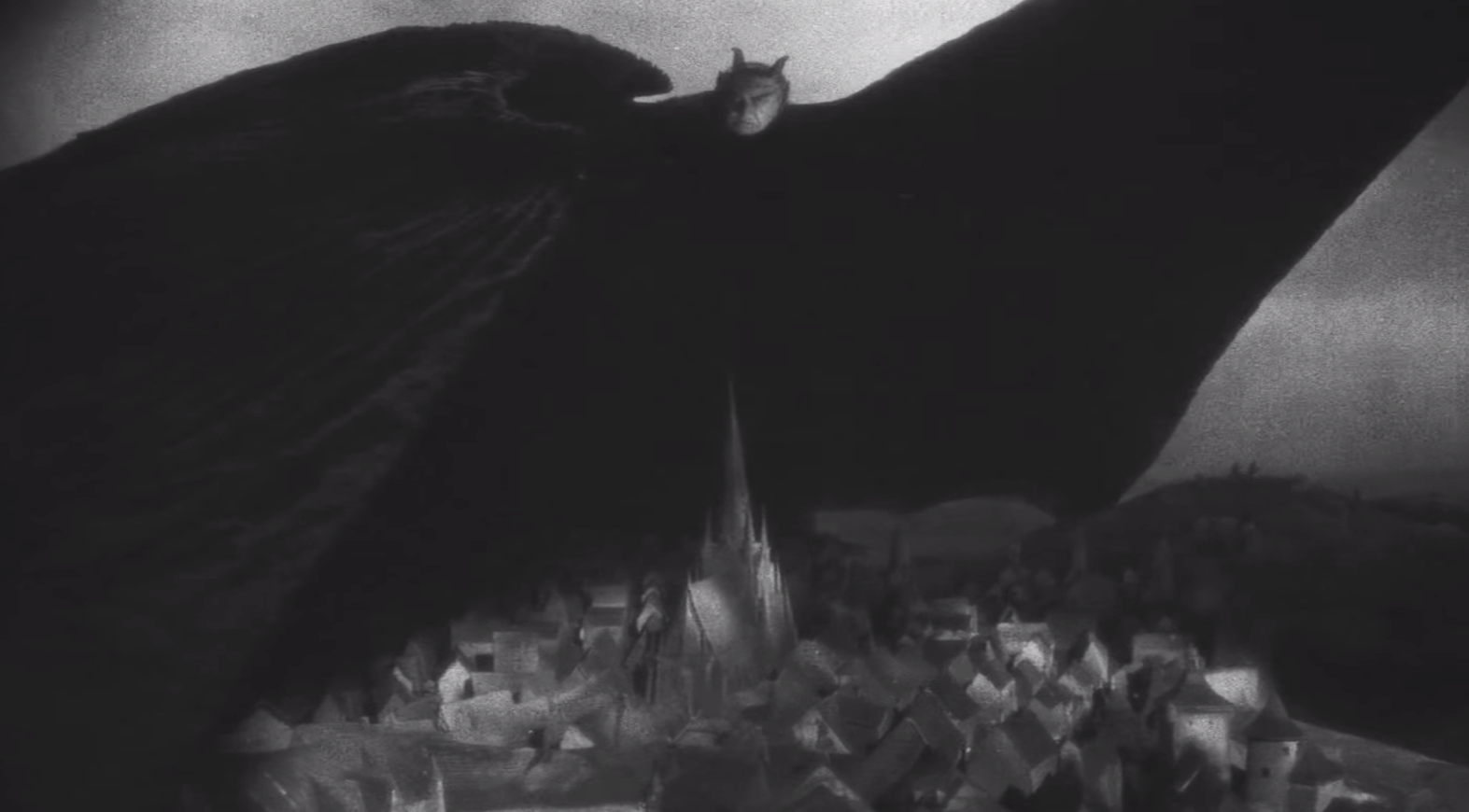
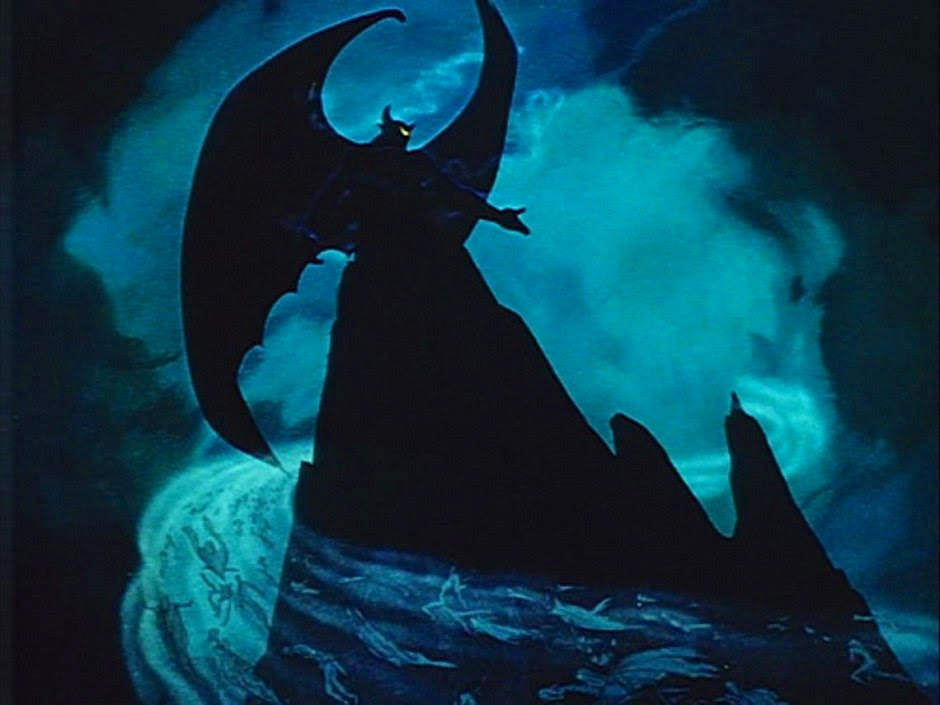
03 Faust (1926) and Fantasia (1940)
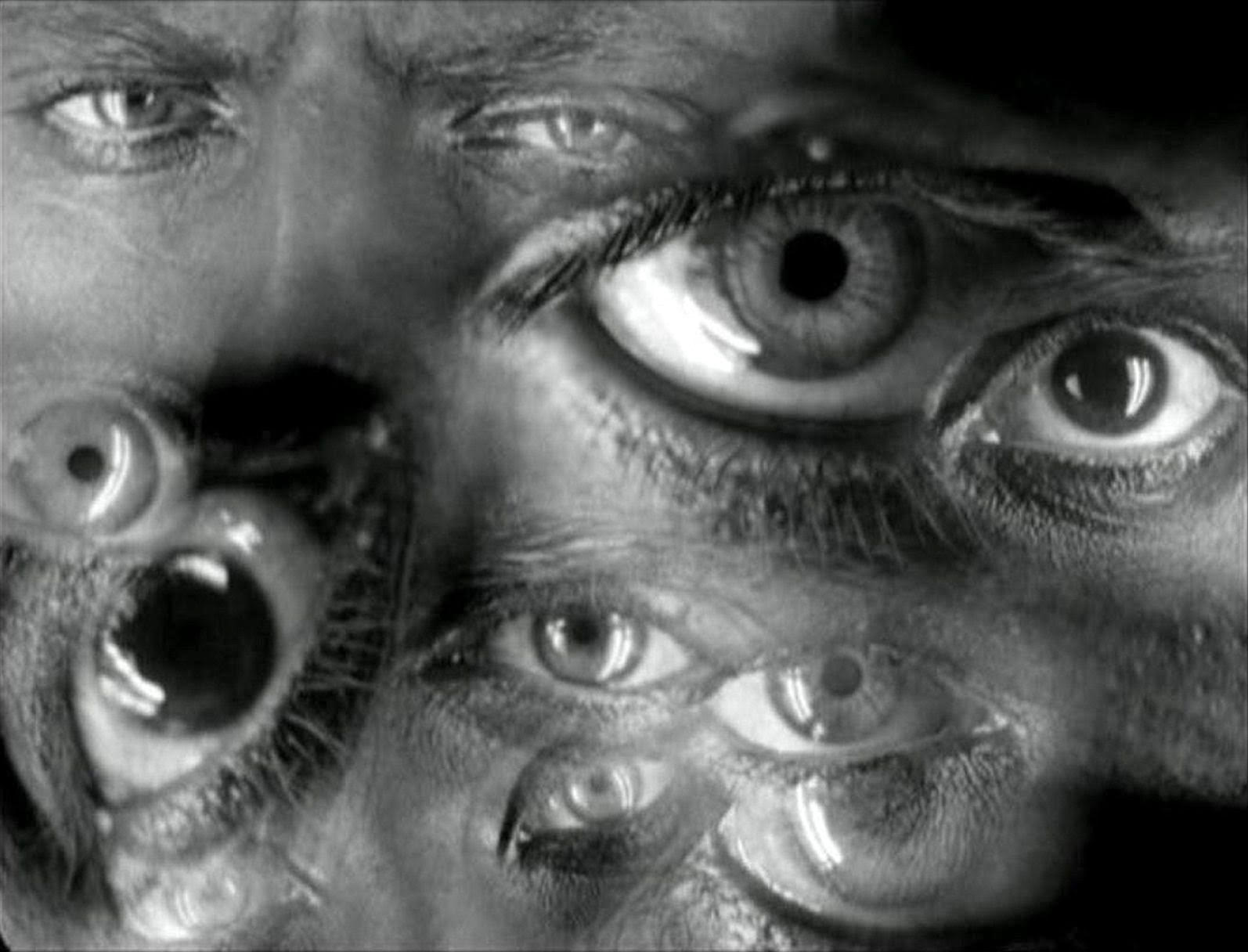
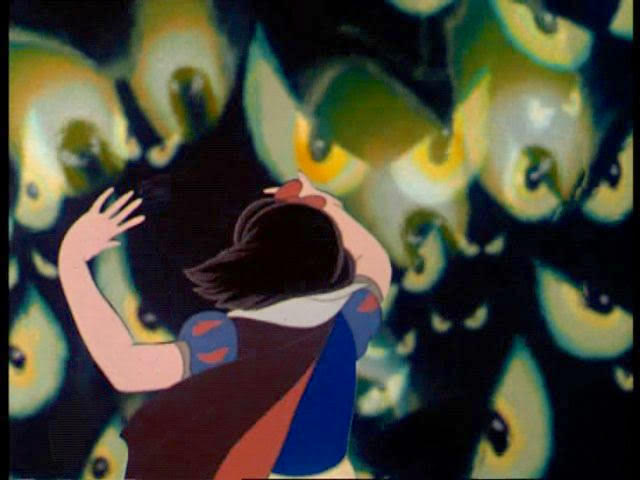
04 Metropolis (1927) and Snow White (1937)
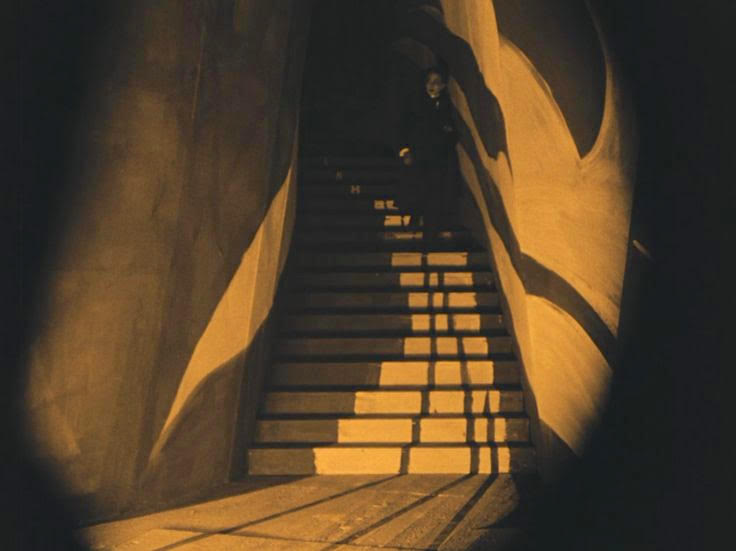
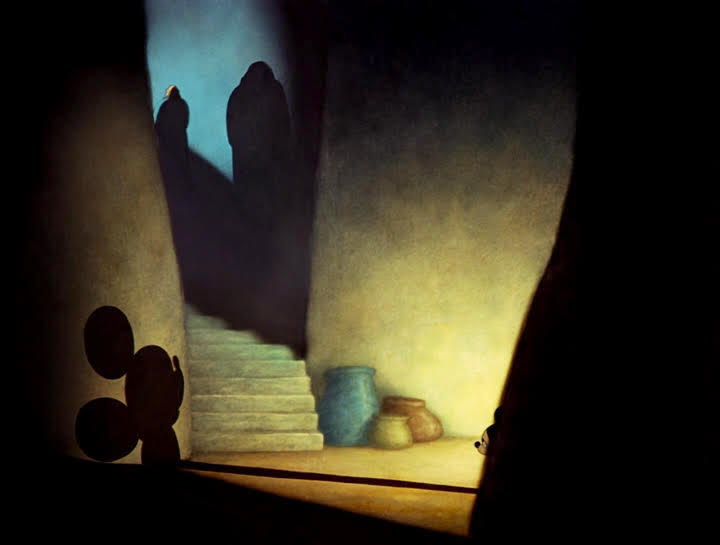
05 The Cabinet of Dr. Caligari (1920) and Fantasia (1940)
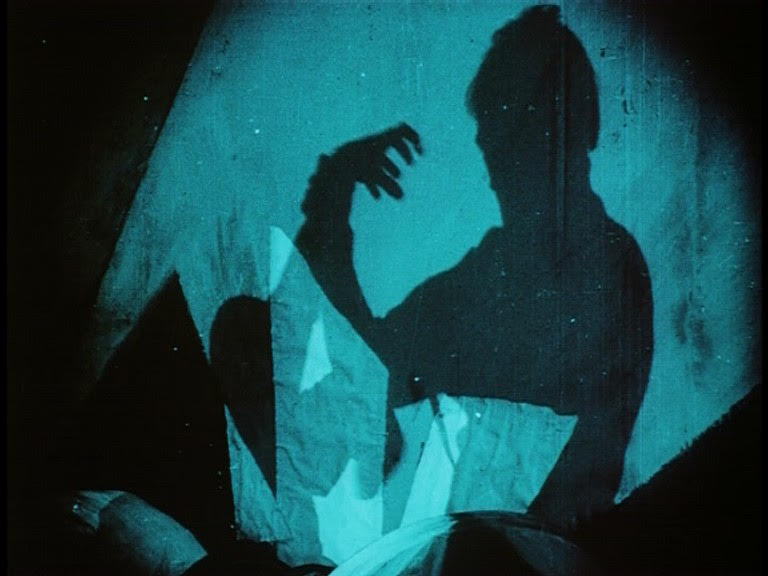
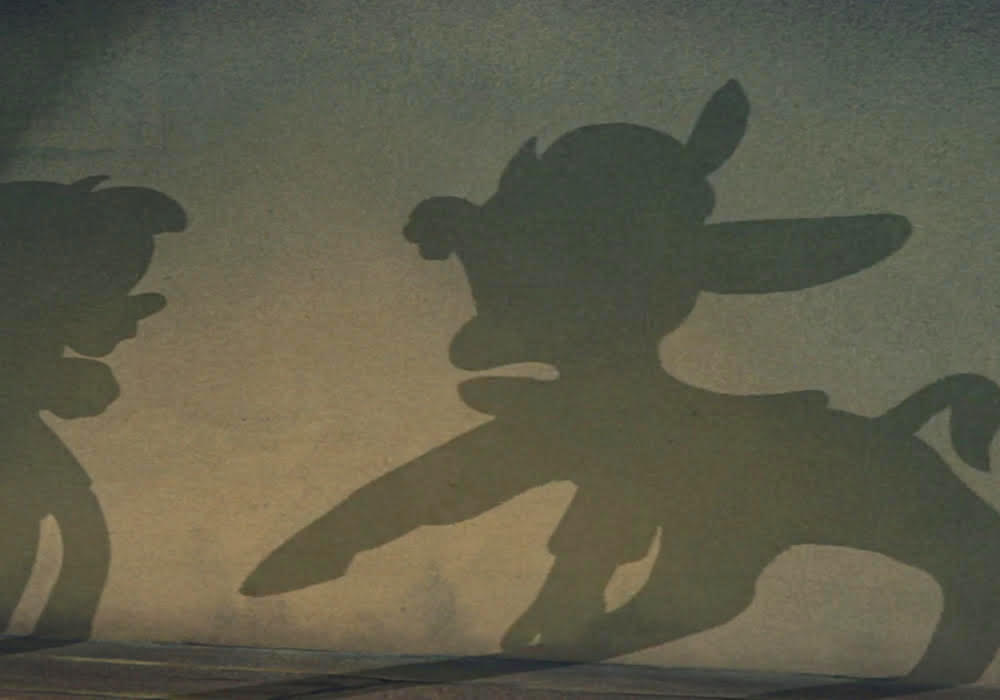
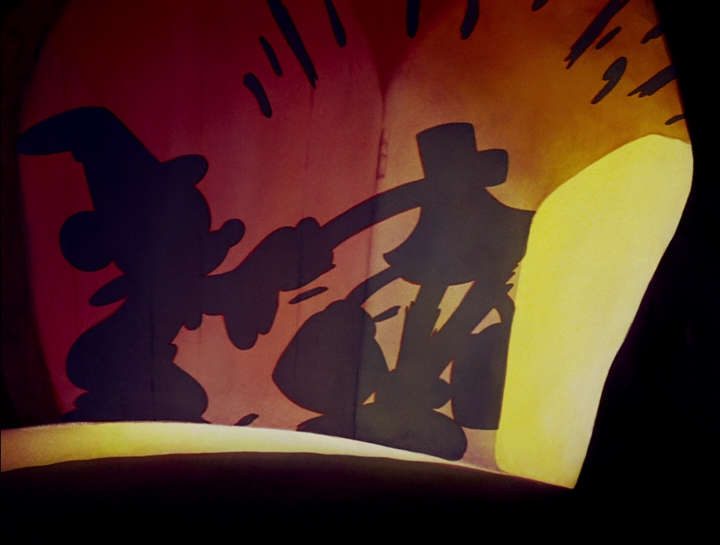
Honorable Mentions: Expressionist Shadowplay